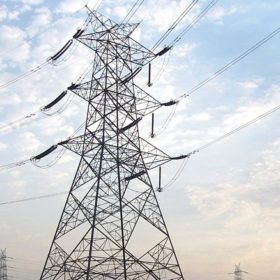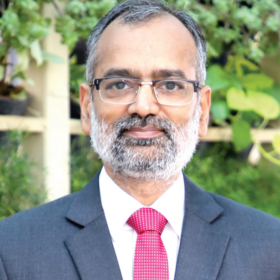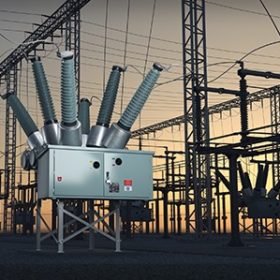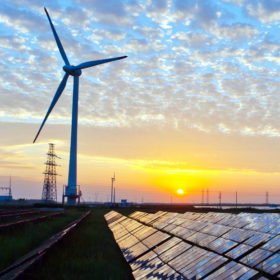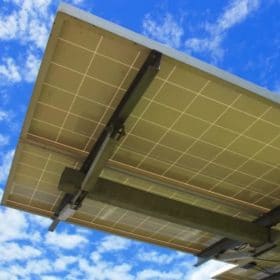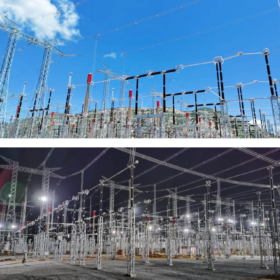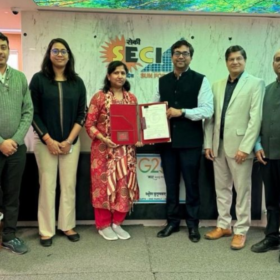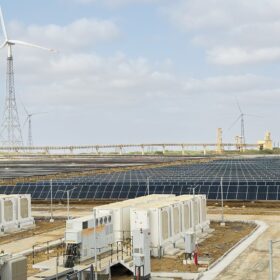Kalpataru secures overseas HVDC power transmission line project, Larsen & Toubro lands railway electrification order
Kalpataru Power Transmission Limited has landed the EPC job for a 700km long HVDC power transmission line in the international market. Larsen & Toubro has won Northeast Frontier Railway electrification project.
PowerGrid to develop Africa’s first ‘PPP mode’ transmission project in Kenya
The Indian state-owned electric transmission utility company has signed an agreement with infrastructure investor
Africa50 to develop 400kV and 220kV transmission lines in east African country Kenya under a public-private partnership framework.
CtrlS datacenter deploys Asia’s largest gas-insulated substation in Mumbai
The state-of-art 300 MW gas insulated substation facility, scalable to 700 MW, is the first-of-its-kind deployment of power infrastructure by any datacenter company in the Asia Pacific region.
Cabinet approves intrastate transmission scheme backing 20 GW of renewable energy capacity
The second phase of Green Energy Corridor (GEC) scheme for Intra-State Transmission System will facilitate grid integration and power evacuation of approximately 20 GW of renewable energy (RE) power projects in Gujarat, Himachal Pradesh, Karnataka, Kerala, Rajasthan, Tamil Nadu, and Uttar Pradesh.
India’s energy transition: Opportunities in power transmission, monitoring and storage
As India ramps up renewable capacity, there will be a higher requirement for substations, transmission corridors as well as battery energy storage. There is tremendous potential in technology localization in areas such as remote power monitoring, predictive maintenance, EV charging, green hydrogen, and energy storage.
Adani completes one of India’s largest intra-state transmission lines
Adani Transmission Limited has completed the construction of an 897 circuit km transmission line in Uttar Pradesh. With this, its operational and under-construction assets add up to more than 18,300 circuit km.
Linxon wins two turnkey substation orders from PGCIL
The company has landed a substation extension package to help strengthen power transmission from Bhadla Solar Park in the Indian State of Rajasthan. It shall also work on grid extension in Southern India.
India will require over US$ 10 trillion to achieve net-zero by 2070
Out of this, investments totaling US$ 8.4 trillion would be needed by the power sector alone to significantly scale up generation from renewable energy and associated integration, distribution and transmission infrastructure. Another US$ 1.5 trillion would have to be invested in the industrial sector for setting up green hydrogen production capacity to advance the sector’s decarbonization. Investment needed for the mobility infrastructure would be US$ 198 billion.
TATA Projects lands 120km power transmission line project in Bangladesh
The 400 kV double-circuit transmission line will run from Barapukuria to Bogura, expanding high-voltage transmission infrastructure in Northern Bangladesh. It will also facilitate 1,600 MW power transmission from a power plant based in Jharkhand to Bangladesh.
Adani Green targets 45 GW renewable energy generation capacity by 2030
The renewable energy developer had an operational capacity of 5,410 MW (4,763 MW solar and 647 MW wind) as of September 30.
